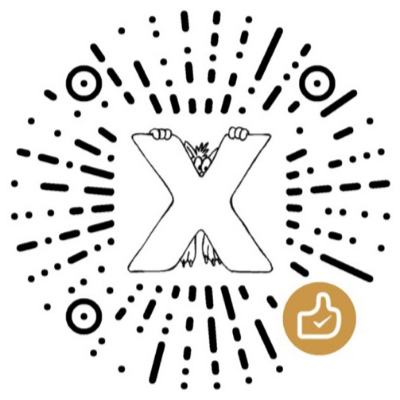In the MBTI (Myers-Briggs Type Indicator), ‘I’ stands for Introversion and ‘E’ stands for Extraversion. These two dimensions describe the way in which an individual interacts with the external world and the energy dynamics. The following is a detailed introduction to the difference between ‘I’ and ‘E’ in MBTI.
If you still don’t know your MBTI personality type or want to retest whether your personality type has changed, PsycTest officially provides a free MBTI Type 16 Professional Personality Test, which we hope will be helpful to you.
MBTI Type 16 Personality Test Address (Free Version):https://m.psyctest.cn/mbti/
The difference between the letters ‘I’ and ‘E’ in MBTI
The MBTI is a popular personality classification tool based on Carl Jung’s theory that divides people into 16 different personality types. Each type consists of four letters, representing individual preferences in four dimensions. Among them, the first dimension is introversion (I) and extroversion (E), which focuses on how individuals obtain energy from the external world and how they tend to interact with the external world.
Extroverted (E) individuals are generally considered to be social, active, and gain energy from interactions with others. They tend to be action-oriented, prefer more frequent social interactions, and feel energized after spending time with others. Extroverts enjoy being in groups, enjoy working in groups, and are generally more direct and explicit in expressing their thoughts and feelings.
In contrast, Introverted (I) individuals tend to be more thought-oriented, enjoy deep and meaningful social interactions, and feel recharged after spending time alone. Introverts may prefer small groups or one-on-one interactions, and they often need more time to introspect and prepare before sharing their personal thoughts and feelings.
The difference in energy dynamics between I and E people
‘I’ individuals gain energy from quiet environments and may feel exhausted after long periods of social interaction. They tend to think carefully before making decisions and like to hear the opinions of others before expressing their own.
In contrast, ‘E’ individuals usually feel excited and active in social situations, and they can gain energy from a busy social schedule. They may feel more comfortable in crowded environments and be able to adapt quickly to new social situations when needed.
The difference in social preferences between I and E people
‘I’ individuals are more conservative and reserved, and they are more cautious when sharing personal information. They tend to form deep, long-term relationships and seek depth and quality in their relationships.
‘E’ individuals tend to be open and sharing, and they communicate more naturally and improvisationally. They enjoy exploring new social circles and seek variety and breadth in their relationships.
The difference between work and lifestyle of I and E
In a work environment, ‘I’ individuals may be more suitable for independent work and in-depth research. They perform better on tasks that require concentration and in-depth analysis.
‘E’ individuals may be more inclined to teamwork and brainstorming. They perform better in situations that require quick reaction and adaptation to change.
in conclusion
It’s important to remember that whether it’s an ‘E’ or an ‘I,’ each type has its unique advantages and challenges. MBTI is not designed to evaluate which personality type is superior, but to help individuals understand their own preferences and make choices that are more suitable for them in life and work.
The MBTI is a tool designed to provide personalized insights and direction, rather than limiting people to a fixed framework. Everyone has introverts and extroverts, the key is to understand your preferences and use them flexibly in different situations.
By understanding the ‘I’ and ‘E’ in MBTI, we can better understand ourselves and others, so as to achieve success in personal and professional development. Remember, everyone is unique and has their own strengths and potential.
Link to this article: https://www.psyctest.cn/article/jM5XXV5L/
If the original article is reprinted, please indicate the author and the source in the form of this link.


